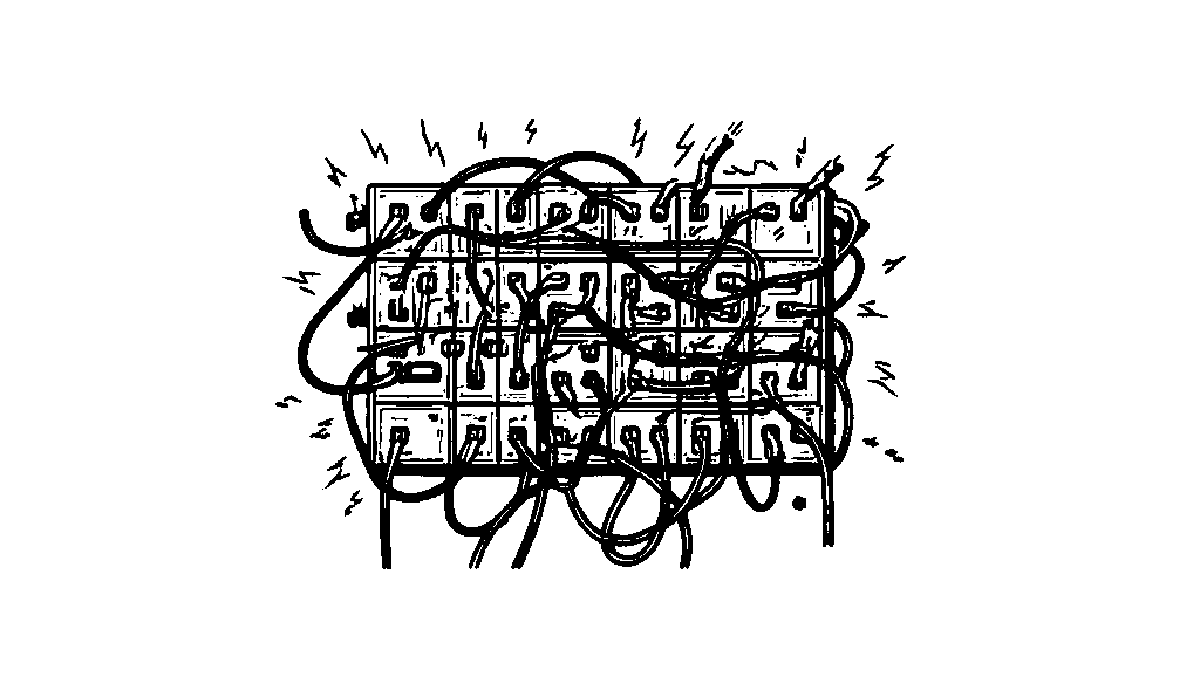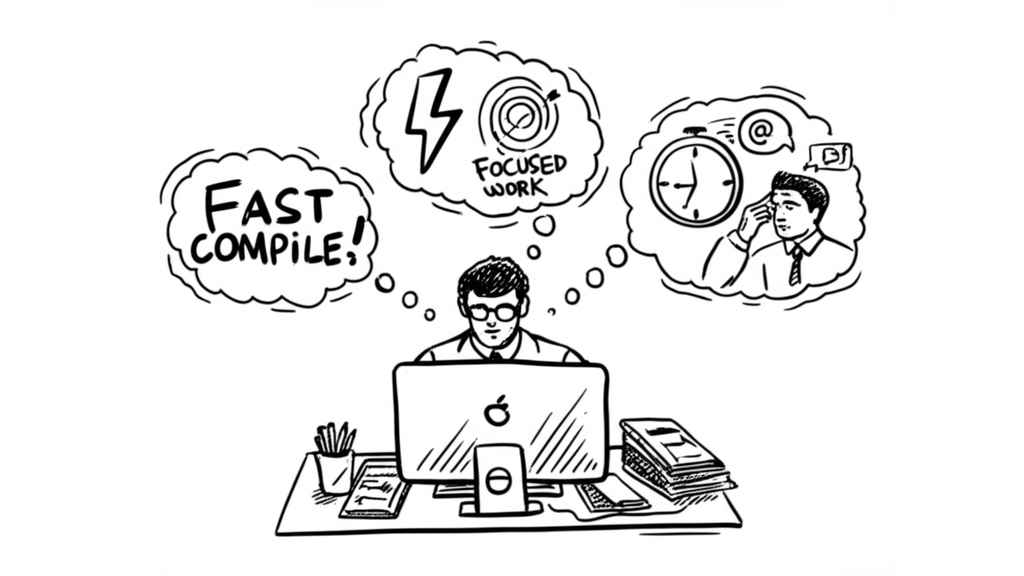Is the breakneck speed of AI development leaving you breathless? Just when you master one feature, another arrives, promising even greater capabilities. Anthropic’s Claude is the latest to make waves, rolling out integrations with popular tools. But does this unlock true productivity, or open a Pandora’s box of security risks? Let’s dive into the Hacker News discussion.
AI Integration Race
The AI landscape is evolving at an almost unbelievable pace, with new features constantly supplanting the old state-of-the-art.
- The pace of change is accelerating, with major updates happening in weeks, not months.
The leap frogging at this point is getting insane (in a good way, I guess?). The amount of time each state of the art feature gets before it’s supplanted is a few weeks at this point.
- LLMs are transitioning from novelties to powerful tools for complex tasks like research and coding assistance.
- Claude has introduced integrations with 10 popular services like Jira, Confluence, Zapier, and Cloudflare, aiming to embed AI into existing workflows.
To start, you can choose from Integrations for 10 popular services, including Atlassian’s Jira and Confluence, Zapier, Cloudflare, Intercom, Asana, Square, Sentry, PayPal, Linear, and Plaid. … Each integration drastically expands what Claude can do.
- “Deep research” capabilities, allowing AI to sift through vast data sources, are becoming a key battleground for AI providers.
Folks are understandably hyped—the potential for agents doing “deep research-style” work across broad data sources is real.
- This integration trend could signal the dawn of a new “SaaS for LLMs” era, where AI utilizes specialized, subscription-based tools.
Is this the beginning of the apps for everything era and finally the SaaS for your LLM begins?
Integration Hurdles Emerge
While the potential is exciting, connecting AI directly to sensitive tools and data raises significant red flags among users.
- Major concerns exist around security, permissions, data protection, and establishing trust with AI agents accessing company data.
Where’s the permissioning, the data protection?… I just can’t trust any of this ‘go off and do whatever seems correct or helpful with access to my filesystem/Google account/codebase/terminal’ stuff.
- Implementing secure authorization (like OAuth2.1 via MCP) is complex, often leaving the burden on tool providers and creating potential vulnerabilities.
Pushing complex auth logic (OAuth scopes, policy rules) into every MCP tool feels backwards… Access-control sprawl. Each tool reinvents security. Audits get messy fast.
- Giving AI access to broader context paradoxically seems to increase the risk of nonsensical or incorrect outputs (“hallucinations”).
The “hallucination” gap is widening with more context, not shrinking.
- Some users feel these integrations are superficial (“rag-ish”) and distract from the need for fundamental improvements in AI reasoning.
feels like they’re compensating for a plateau in core model capabilities.
- There’s a lack of trust in giving AI agents autonomous control, especially given their tendency to be confidently incorrect.
Charting Secure Integration
Harnessing the power of AI integrations requires addressing the inherent risks head-on with robust security practices and realistic expectations.
- Implement centralized access control systems instead of relying on each tool’s individual security measures.
a better path… is to have: * One single access point… * Single sign-on once… * AuthN separated from AuthZ with a centralized policy engine… * Unified management, telemetry, audit log and policy surface.
- Focus on strategies to minimize and filter the context provided to AI, rather than simply expanding it, to improve output quality.
it’s having the ability to minimize and filter the context that would produce the most value.
- Continue demanding improvements in the core reasoning abilities of LLMs, not just surface-level integrations.
Give us an LLM with better reasoning capabilities, please! All this other stuff just feels like a distraction.
- Treat AI as an augmentation tool, using it iteratively and with supervision, rather than expecting full replacement of human tasks immediately.
- Build trust gradually by starting with controlled access and verifying AI outputs, especially when dealing with sensitive operations or data.





